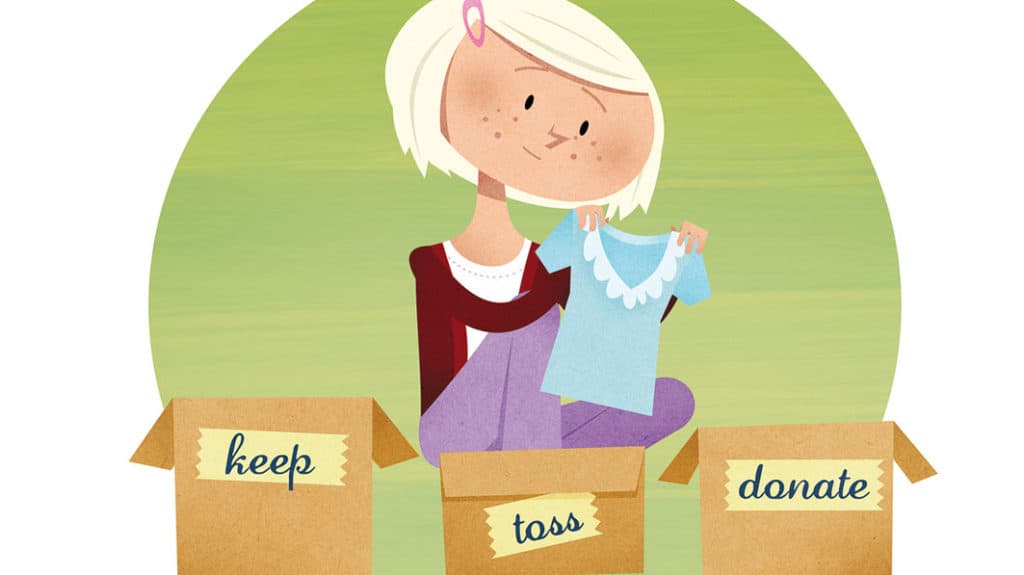
Is Remarriage Right for You and Your Future Stepfamily?
Understanding the challenges of stepfamily living can help you make an informed decision about remarriage.

It’s not as easy as you think. Get solid tips for merging stepfamilies.
When my husband and I married, joining two families and two sets of possessions, I felt as if I would suffocate in the sea of TVs, toys and clothing. We clearly couldn’t keep everything, but how would our family decide what should go? I hadn’t anticipated how difficult merging households would be — not just sorting through the “stuff,” but also working through the emotions attached to the items. I knew our kids would be reluctant to get rid of anything that had been a familiar part of their home.
Items often symbolize relationships, says Ron Deal, founder and president of Smart Stepfamilies. Attachment to an item represents attachment to a relationship, and that’s especially true for children. So it’s important to give them a say in the decision of what stays and what goes.
One way to give your kids a voice in this process is to have a “family huddle” prior to moving, suggest Dan and Rebecca Snell of the faith-based organization The Bonded Family. As a family, discuss hopes and fears, and decide on basic guidelines for how decisions will be made. This discussion can help foster cooperation and avoid hurt feelings.
Developing a system can ease the process, too. My children and I sorted their belongings with a method I still use today. We created three piles: one to keep, one to discard and one to donate. When the task became overwhelming for the kids, I picked up two similar items, such as a blue toy truck and a red toy truck, and asked the child which one he wanted to keep.
For the child who has difficulty parting with possessions, Deal suggests parents acknowledge the child’s feelings of loss and talk with her about it. Parents may not immediately recognize which possessions have the most emotional significance to the child. If she plays with a toy frequently, sleeps with a possession or has a stronger than normal reaction if you try to take an object from her, it is likely very significant to her. When in doubt, ask your child to walk through the house with you and point out objects that have special meaning for her. You might be surprised by what you discover.
Giving children spaces of their own — a bedroom, closet or drawer — also helps ease the transition. Offering them a special place to keep their treasured possessions permits them to have some control.
Merging households can be a daunting task. But having a plan of action can ease the transition for everyone. Remember, the ultimate goal is not a perfectly organized house but a united family.
Barbara Winters is an author and blogger.